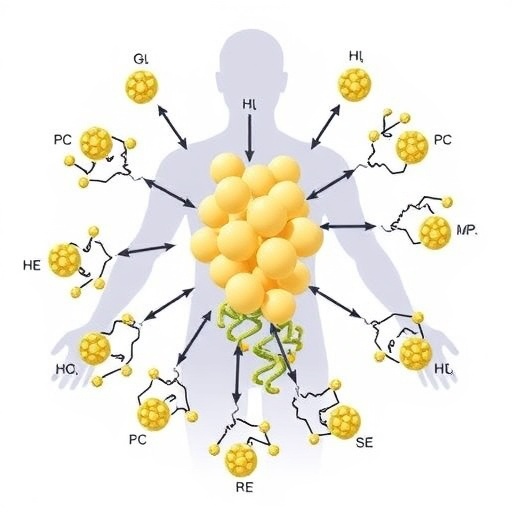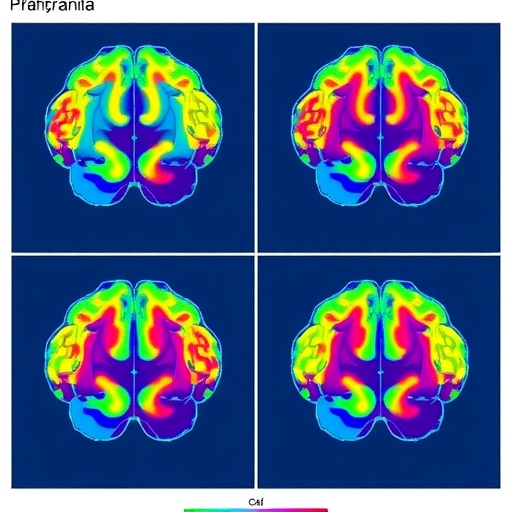Six-decade-long study finds 40-year induction period between time of exposure and diagnosis
All women exposed to high levels of DDT are at increased risk for breast cancer through age 54, but the timing of cancer risk depends on when they were first exposed, according to a new study published today in the Journal of the National Cancer Institute. Women exposed before 14 years of age, particularly in infancy and early childhood, were most likely to develop premenopausal breast cancer, while those who were exposed after infancy were at increased risk of developing cancer later, at 50-54 years of age.
“What we have learned is that timing really matters. We know that if harmful exposures occur at times when breast tissue is rapidly changing, such as during puberty, they impact breast development in ways that can later result in cancer,” said lead author Barbara A. Cohn, PhD, of the Public Health Institute’s Child Health and Development Studies. “The research published today suggests that DDT affects breast cancer as an endocrine disruptor, that the period of time between first exposure and cancer risk seems to be around 40 years–and that other endocrine disrupting chemicals could potentially simulate this kind of risk pattern.”
Many women and girls in the U.S. were exposed to DDT in the middle of the 20th Century, when the pesticide was widely used–the youngest of whom are just reaching the age of heightened breast cancer risk. DDT was banned by many countries in the 1970s, but it remains widespread in the environment, and it continues to be used to fight malaria in Africa and Asia.
The researchers found that:
- A woman’s first exposure to p,p’-DDT was associated with the timing of her breast cancer diagnosis, which occurred approximately 40 years later.
- A doubling of DDT was associated with an almost three-fold increased risk of postmenopausal breast cancer (at age 50-54) for women first exposed after infancy.
- Women at increased risk for premenopausal breast cancer (before age 50) were first exposed to DDT during in utero and infancy through puberty, but not after the age of 14; the highest risk was associated with first exposure before age 3.
- DDT exposure during childhood and puberty (ages 3-13) was a risk factor for both early (before age 50) and later breast cancer (age 50-54).
- Women who were first exposed after age 14 only had an increased risk of breast cancer after menopause (age 50-54). These women were not at increased risk for breast cancer before the age of 50.
“Even though there have been many studies of the environment and breast cancer, only a very small fraction have actually measured environmental exposures during windows of susceptibility, in this case in early infancy and prior to menarche,” said study author Mary Beth Terry, PhD, Professor of Epidemiology and Environmental Health Sciences at the Mailman School of Public Health at Columbia University and the Herbert Irving Comprehensive Cancer Center. “The studies that have measured environmental exposures during windows of susceptibility, like our study, are much more consistent in supporting a positive association with breast cancer risk,” said Terry.
A 2007 study of maternal breast cancer by PHI’s Child Health and Development Studies (CHDS) examined exposure windows but only looked at cancer diagnoses before the age of 50. This prospective case-control study expanded the outcome window to also look at cases diagnosed between age 50-54, when most women have recently completed menopause.
This study followed 15,528 women who have participated in CHDS for nearly six decades, tracking age at first DDT exposure, DDT levels during pregnancy, and age when breast cancer was diagnosed. To determine levels of DDT exposure, the researchers analyzed stored blood samples that had been collected from 1959 to 1967 during pregnancy at each trimester and in early postpartum. Researchers used state records to identify 153 cases of breast cancer diagnosed from 1970 to 2010 in women age 50-54. They then matched each of these cases with highly comparable control women who did not develop cancer. The earlier 2007 study used the same methods, matching 129 breast cancer cases diagnosed from 1962 to 1994 in women through age 50 to comparable controls who had not developed cancer.
“As you travel through life, your periods of risk change,” said Cohn. “Considering the patterns we observed, working backward to determine when a woman first came into contact with the chemical could help inform early detection and treatment of DDT-associated breast cancer.”
###
The research was supported with funding from the California Breast Cancer Research Program, the National Institute of Environmental Health Sciences (NIEHS) and the National Cancer Institute (NCI), NIH, DHHS (U01 ES019471).
Columbia University Mailman School of Public Health
Founded in 1922, the Columbia University Mailman School of Public Health pursues an agenda of research, education, and service to address the critical and complex public health issues affecting New Yorkers, the nation and the world. The Columbia Mailman School is the third largest recipient of NIH grants among schools of public health. Its over 450 multi-disciplinary faculty members work in more than 100 countries around the world, addressing such issues as preventing infectious and chronic diseases, environmental health, maternal and child health, health policy, climate change & health, and public health preparedness. It is a leader in public health education with over 1,300 graduate students from more than 40 nations pursuing a variety of master’s and doctoral degree programs. The Columbia Mailman School is also home to numerous world-renowned research centers, including ICAP and the Center for Infection and Immunity. For more information, please visit http://www.
Media Contact
Stephanie Berger
[email protected]
212-305-4372
http://dx.




